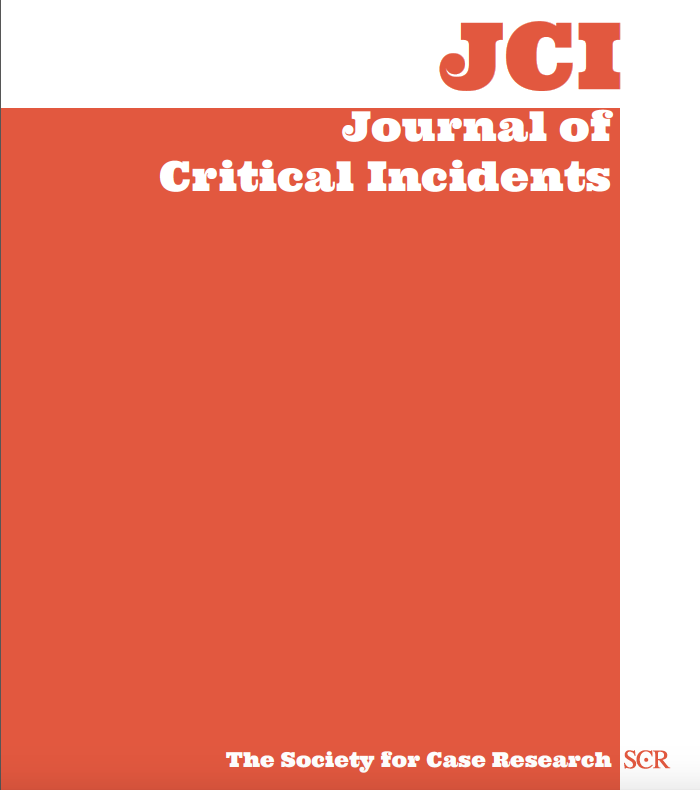How Should McGraw-Hill Respond to Innovative Competitors that Threaten Its Market Dominance in the Digital Age?
Image

Region
North America
Topic
Strategy & General Management
Entrepreneurship
Length
3 pages
Keywords
management
management theory
dominant incumbent
punctuated equilibrium
disruption
digital disruption
higher education publishing
Copyright Holder
Society for Case Research
Student Price
$4.00
Target Audience
Graduate Students
Undergraduate Students
The critical incident considers how innovative business models deployed by new entrants have the potential to serve as agents of disruptive or discontinuous change. This issue is considered through the lens of the higher education textbook publishing industry, in particular McGraw-Hill. Dominant incumbent textbook publishers rely on a cross-subsidized business model in which the textbooks are designed to assist educators, while this service to educators is monetized by selling the assigned textbooks and ancillary products to students. New entrants and upcoming publishers are deploying strategies based upon cost leadership positions and freemium business models that have the potential to disrupt the industry.
Learning Outcomes
- Analyze the consumer value proposition and profit formula components of a crosssubsidized business model, and analyze how such a business model has the potential to yield a sustainable competitive advantage.
- Apply the Punctuated Equilibrium paradigm to analyze an industry in an era of incremental change, and analyze how the business model can help explain a firm’s sustainable competitive advantage during such an era.
- Analyze the consumer value proposition and profit formula of a business model that is based on open source or public domain materials.
- Evaluate whether and how a business model based on open-source or public domain materials has the potential to introduce competency destructive dynamics into an industry and, thus, has the potential to foment an era of discontinuous change under the Punctuated Equilibrium paradigm.
